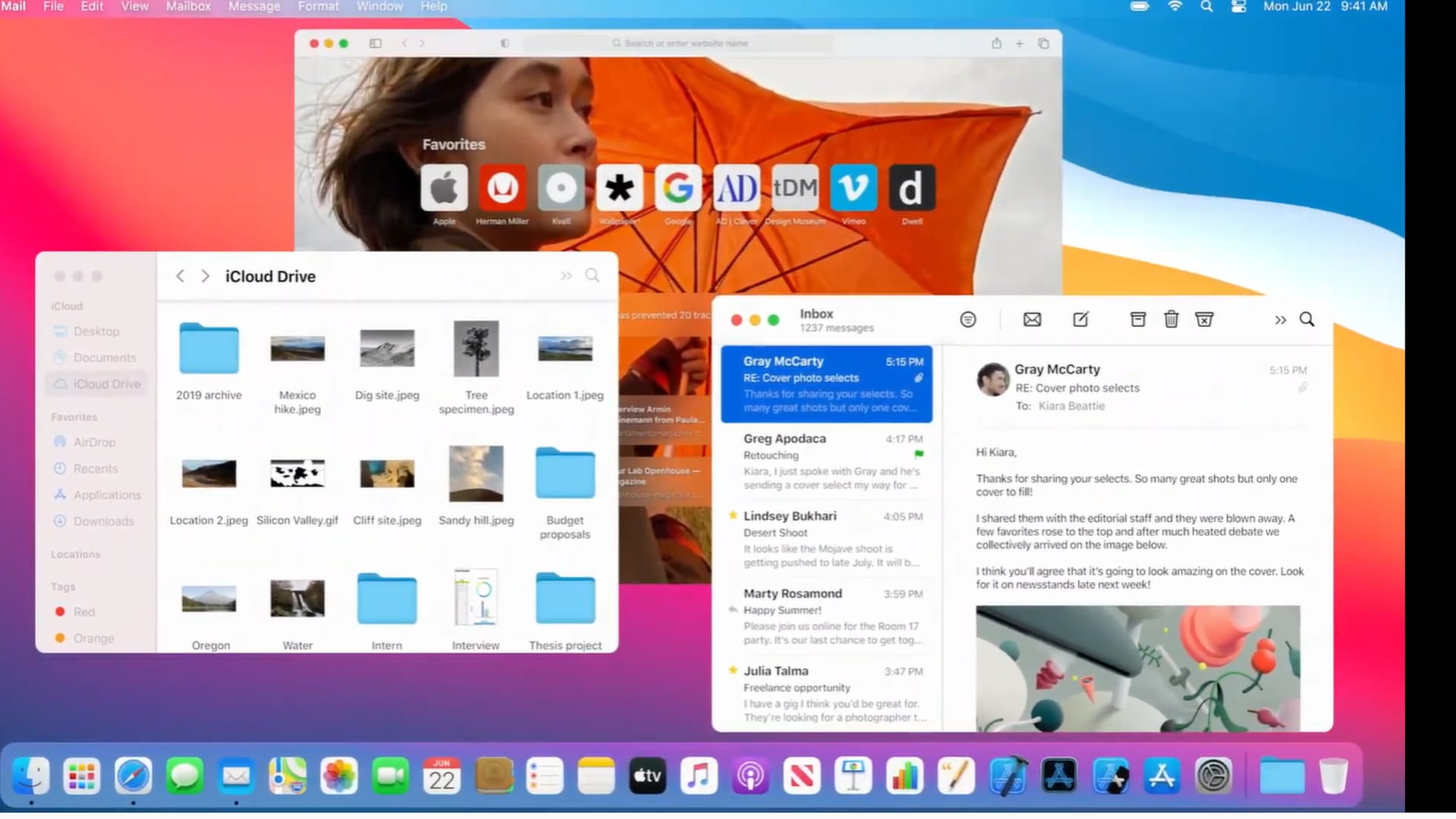

The previous stable version (now abandoned) was 1.3.3.14.Īs a rule of thumb: all versions that have an odd number as a second (minor) version number (1.1, 1.3, 1.5, 1.7) are unstable/development versions, all version with an even minor number are stable versions (1.0, 1.2, 1.4, 1.6. The BUILDING_win32.txt explains how to do it. Install scribus-135+ from sources or binaries (if you also install qt4 from sources, it will take a long time, but it will work).

Activate the unstable packages (fink commander > preferences > fink, Use unstable packages").If you want to install Scribus 1.3.8 or later you will have to install it through Fink: Images (.dmg) for more recent development versions won't work on OS X 10.4.At the moment, there is no (easy) way to compile yourself Scribus for OS X.Snapshots of the development version are available on Sourceforge.You can find detailed installation instructions here.Installers for the stable version (Intel only, Leopard (10.5) or higher) are available on the download page.If you want to test the newest feature (or if there are no binaries for your platform) you can compile the source code you get from sourceforge or from the ( svn://).This is the preferred way to install Scribus. They are available for Debian, Ubuntu, Fedora, CentOS, Red Hat, OpenSuse, SUSE Linux Enterprise, and Mandriva. If you want to be more up to date than your distribution is, you can add Scribus's own repositories.If you don't need anything fancy, use your packet manager to install Scribus (synaptics, yum, apt-get.Which Scribus should I install on my computer? Platform How do I get Scribus for Linux? 1.1.3 How do I get Scribus for Windows?.And if there is interest in the crash reports I can add those for ART and Digikam. Hope this basic info helps the few Mac users in this community to update, or not, to Big Sur. And very promising, darktable is running faster on Big Sur than it was on Mojave. Libre Office 7.0.2.2 did not open but the latest dev version 7.1.0.0 works OK. Hopefully the situation will evolve for these two apps in the future.

This are the ones that passed my very basic testing:Īnd these the ones that I could not open: These are the apps tested (opening, some basic stuff, saving and closing the app):

I installed Big Sur on a MacBook Air, and did a quick test of the soft that I used for photo and video work, mostly open source and a few free. When a new OS is distributed one of the first questions asked is what apps work and which are broken.


 0 kommentar(er)
0 kommentar(er)
